|
This is a view of a body part that has broken off a huge worm. It looks as if it is moving up river under its own power. Marine worms are known to do this.
Bottom right is elevation information, not length of creature. A common sight on many beaches at low tide are small mounds of sand left there by a marine worm (lugworm.) The Warner expedition of 2009 discovered a monstrous serpent like that of the lugworm, that gets its nutrition from the dust and the microorganisms that reside in the sediment. Loch Ness and Iceland hold smaller examples of these Amazonian giants. These creatures can be found in freshwater and saltwater. See Mike’s blog, various videos. The following images show the movement of one of these giants from a few miles below the settlement of Indiana. It located itself close to a wormhole that flows under the village and exits at Mazan on the Napo river. Note the discolouring of the water when the sediment is disturbed. This is the original location of this monstrous serpent. The picture above shows the movement of one of these giants from a few miles below the settlement of Indiana. Later it moved through a wormhole that flows under the village and exits at Mazan on the Napo river. Notice the discolouring of the water when the sediment is disturbed. This shows the flow of the disturbed sediment exiting the wormhole at Mazan.
These images are from Google Earth's Historical imagery archive. Dates and co-ordinates are clearly stated that the bottom of the images. Baleh River in Borneo
The picture, taken by a member of a disaster team monitoring flood regions by helicopter. This creature is what the Portuguese called the Minhoca. A caecillian or giant worm.
Seneca guns
The sonic booms and the glowing lights are caused by huge serpents that hunt in fresh and salt water. When in fresh water, they can get their nutrition from the sediment. What you see in this video is not an anaconda but a different species altogether. Its like a worm or caecilian. The glowing lights The glowing lights are caused by their phosphorescent eyes. Reference for this is Bernard Heuvelmans book; On the track of unknown animals pages 350 & 352. The sonic boom The two creatures herd up their prey by frightening them with the sonic boom. They engorge their bodies with water and then use their muscles to shoot the water out creating a loud boom in the process. Sound recorded of Black Boa shooting water by retraction of body muscles while hunting. To confirm the authenticity of this goto Mike TV Park 6.
These huge creatures amass their bulk by feeding on the organic matter that makes up the sedimentary islands that are found in the Amazon river.
3°22'11.6"S 71°55'14.2"W N.B. These animals seem to have a dual type digestive system, enabling them to eat. Swallowing huge bulks of food and small sedimentary creatures.
3°29'36"S 72°53'46"W
Reference to Graham J. McEwan's book, Sea Serpents, Sailors and Sceptics. Page 23, seen by Mr J. Cobbin. The BBC has reported in this news report of the UB-85 German U-boat wreckage being discovered off the coast of Stranraer.
In this article they state: Mysterious sinking The entire crew of the U-boat is reported to have abandoned ship due to the "monster attack". Once aboard the British ship HM Drifter Coreopsis, their commander, Captain Krech described their encounter. He is said to have spoken of a beast with "large eyes, set in a horny sort of skull…with teeth that could be seen glistening in the moonlight". He apparently claimed that the sub was so damaged in its battle with the "monster", it could no longer submerge. See Mikes Blog: Lough Foyle Video. These animals hunt whales close to Stranraer. Lough Foyle Esturary is roughly 100 miles from the where they hunt. The following video shows a creature I believe to be a black boa with ice or snow on it's back, possibly shedding it's skin. 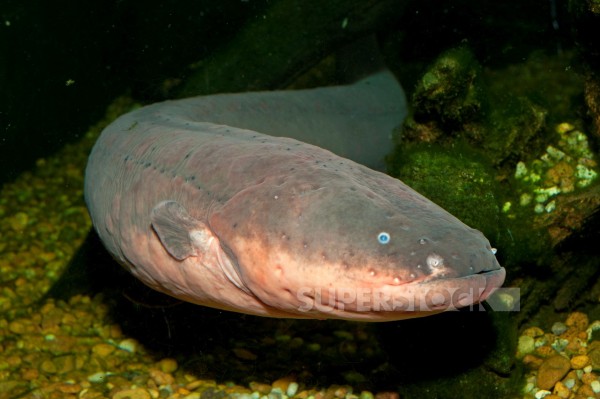 My recent research has found that there is an electric eel that has vital organs in it's head. It is able to generate enough power, equivalent to five electrical wall sockets. The Black Boa has it's vital organs in it's head just like the electric eel of Manaus. It is capable of generating electricity that reveals itself as a spark coming out of it's mouth. That leaves me to conclude that the Black Boa is the only animal that is a candidate for promoting the idea for a fire breathing dragon. If this animal can sleep for decades and left over food in it's gut can produce methane then it is possible that this creature could actually have the ability to produce a flame. To my knowledge there is no record of a living animal ever being able to do this. The fact that it's body reduces in size so much gives the indication that like the Electric eel of Manaus (Brasil) it's vital organs are in its head. Hunters and explores in the Amazon that have come across this creature have commented on it's huge triangular, wicked looking head. I believe since this animal can go from fresh water to salt water, this creature has been seen as a sea serpent and in Europe has been associated with the look of the devil, the horns, the big eyes and the triangular head. http://www.dailymail.co.uk/news/article-3414438/Tragic-pictures-three-dead-sperm-whales-washed-UK-beach-hours-caught-low-tide-died.html Mankind is responsible for the annihilation of many animal species however not in this case. These creatures were driven up onto the beach by huge sea serpents hunting in this area. Photo credit: John Aron / Newsteam
Attack by Black Boa's. Horrific injuries sustained by Finback Whale at Portstewart Sound.
The Black Boa's or Yacumama hunting technique is described in the book "Sea serpents, Sailors and Sceptics" BT Graham J McEwan page 26. para 4. In the video on the homepage of Big snakes.info Indians describe the hunting technique of the Black Boa . Like Chief Brody in the movie Jaws I want to let people know that there is something in the North Atlantic around Northern Ireland and Donegal. They are big and they are there. They are rare but they are there. They are big and they are nasty.
For more information on Iceland's Loch Ness Monster, see below.
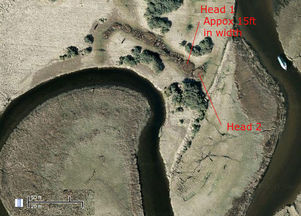 Loch Foyle sea monster fresh water retreat located on a tributary of the River Bann and this visible on Google Earth. After visiting Loch Foyle as a hunting ground. Having left in roughly 2011 or 2012, we believe they now no longer rest in this area however they could return. Once Google Earth is updated again there will be evidence to verify this. To see the retreat go to 55.161202,-6.744635 on Google Maps. This species can live in fresh water and salt water, we have encountered their type before in the Amazon. They can be found in all corners of the earth. This creature is most likely to be the same type as spotted in Loch Ness which I believe take nutritional food out of the sediment the bottom of Loch Ness |
Mike Warner
I have researched this creature for over 25 years and I have reached conclusions of which I will share with you on this website. Archives
October 2021
Categories
All
|
|
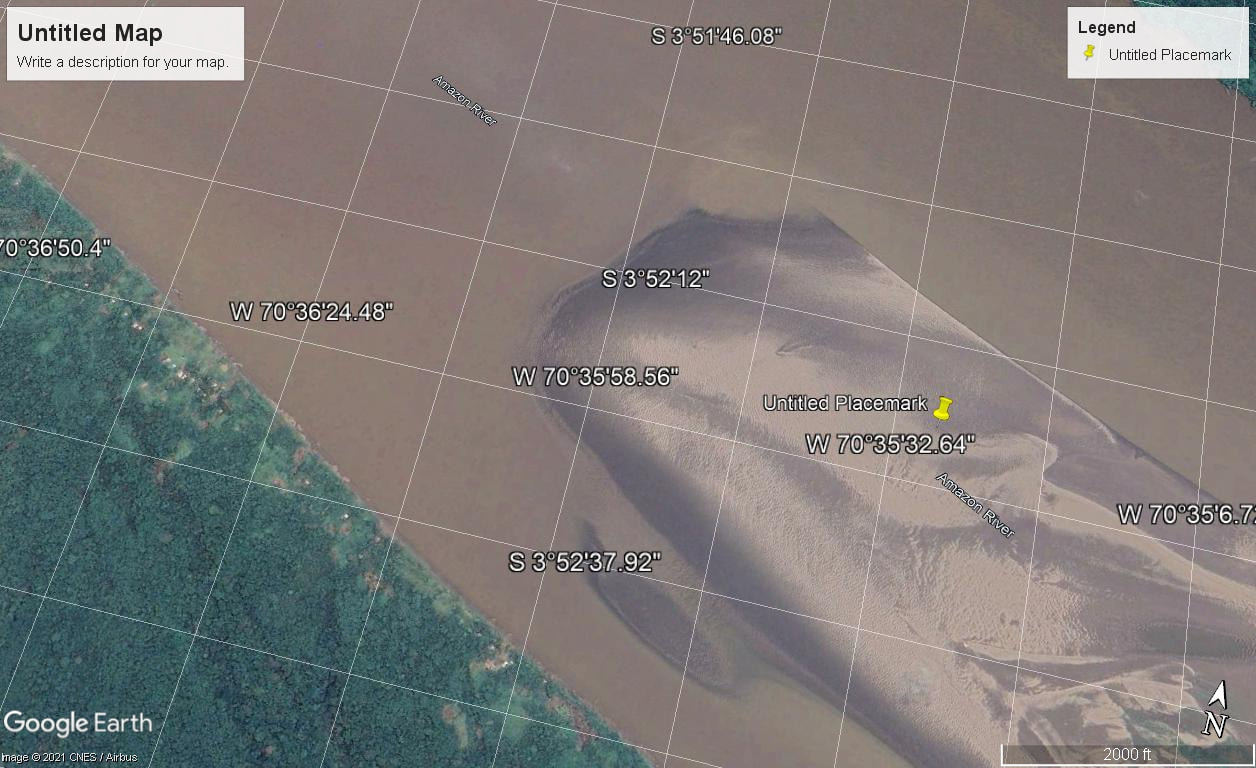
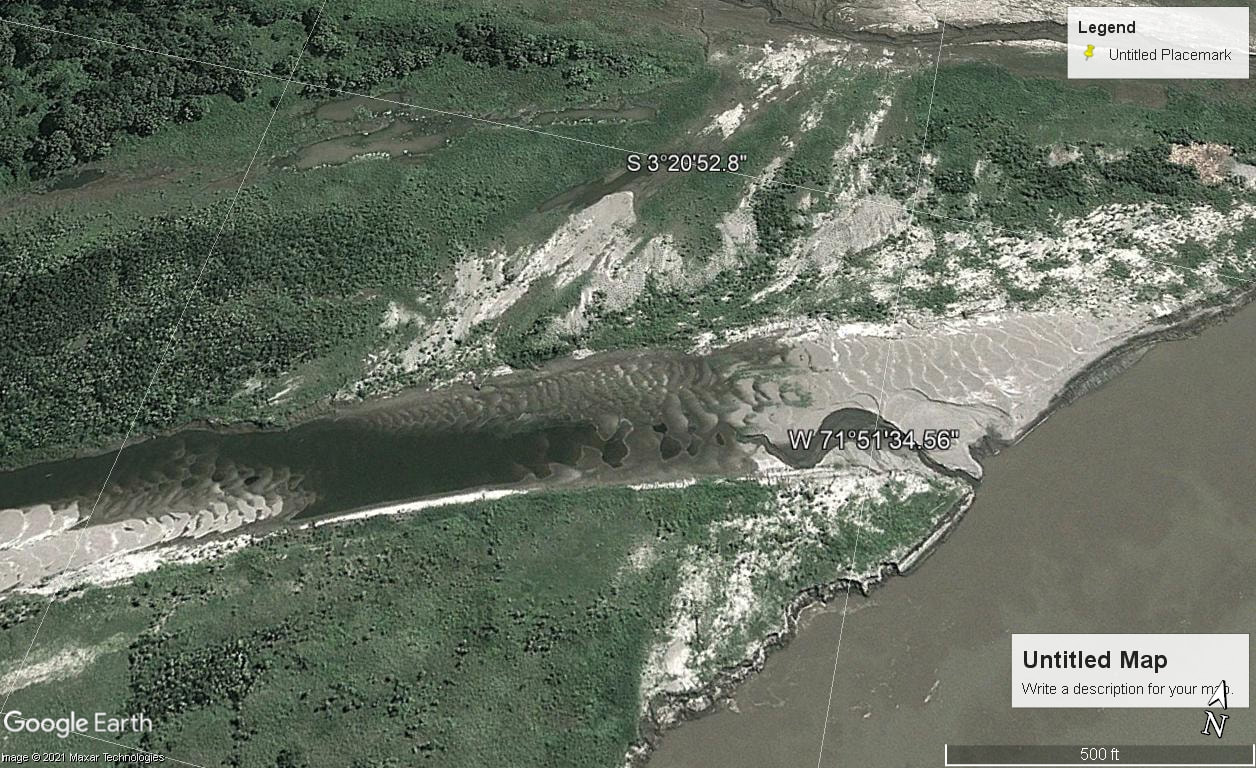
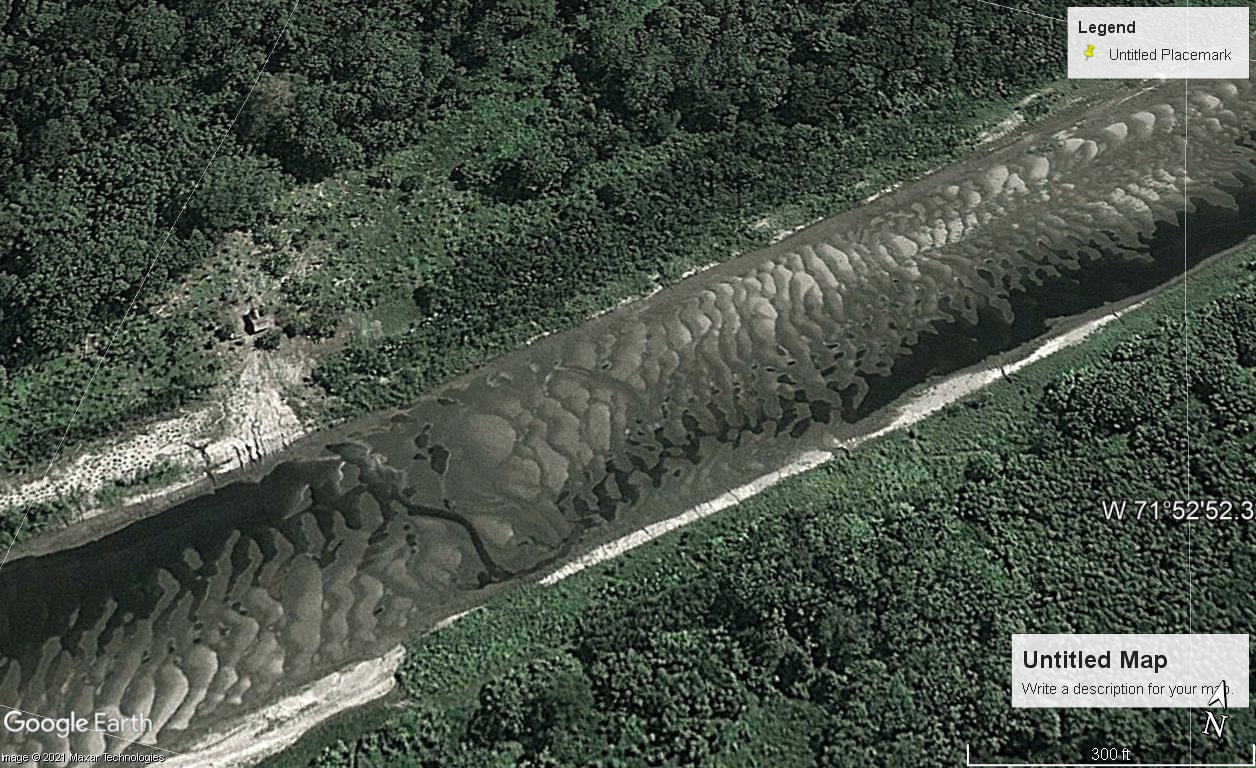
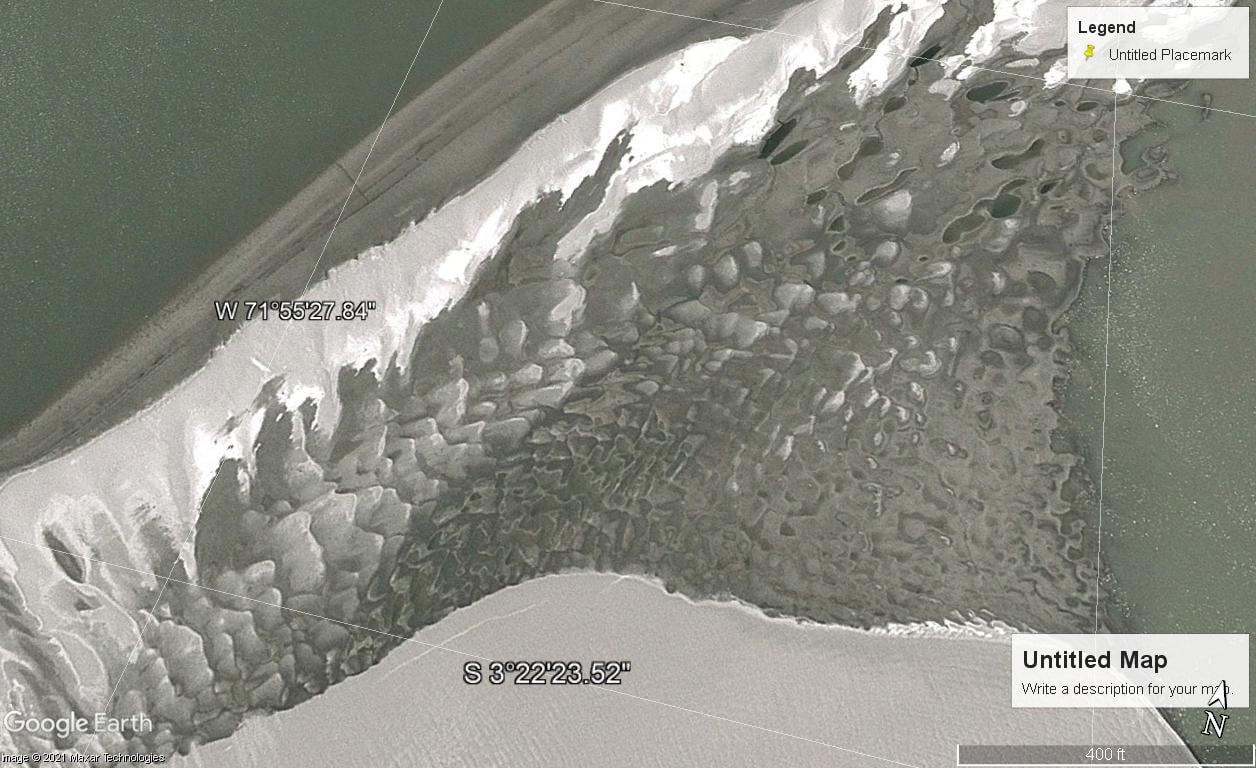
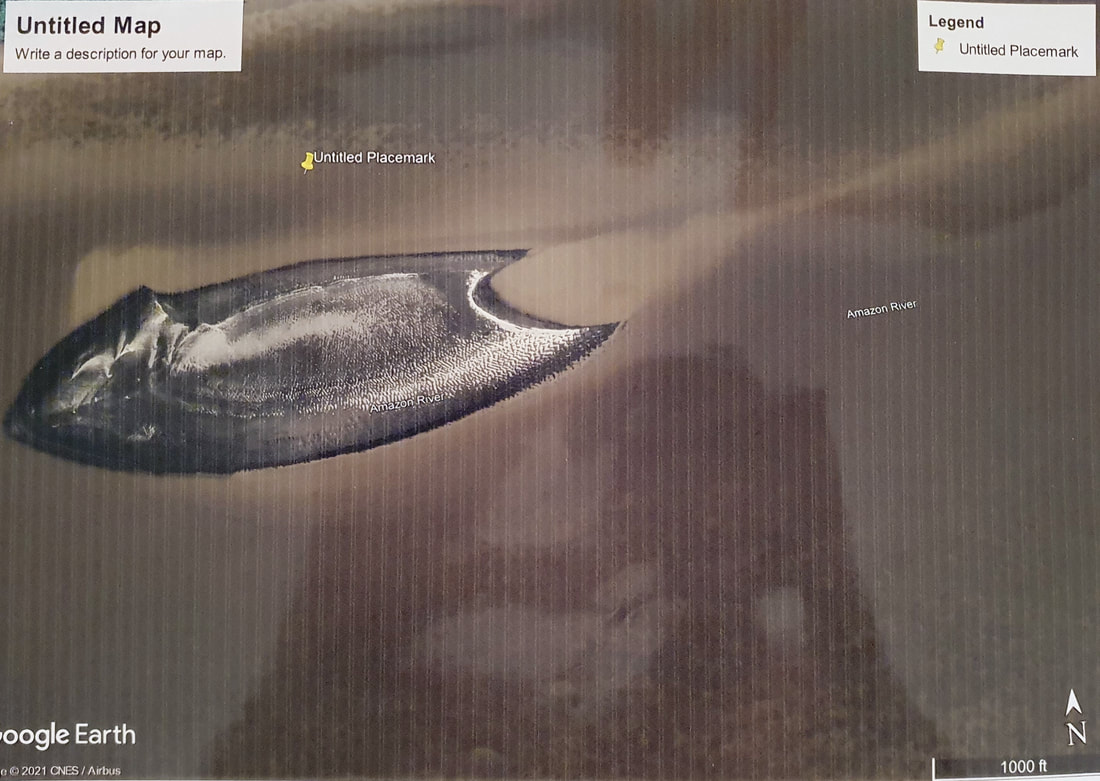
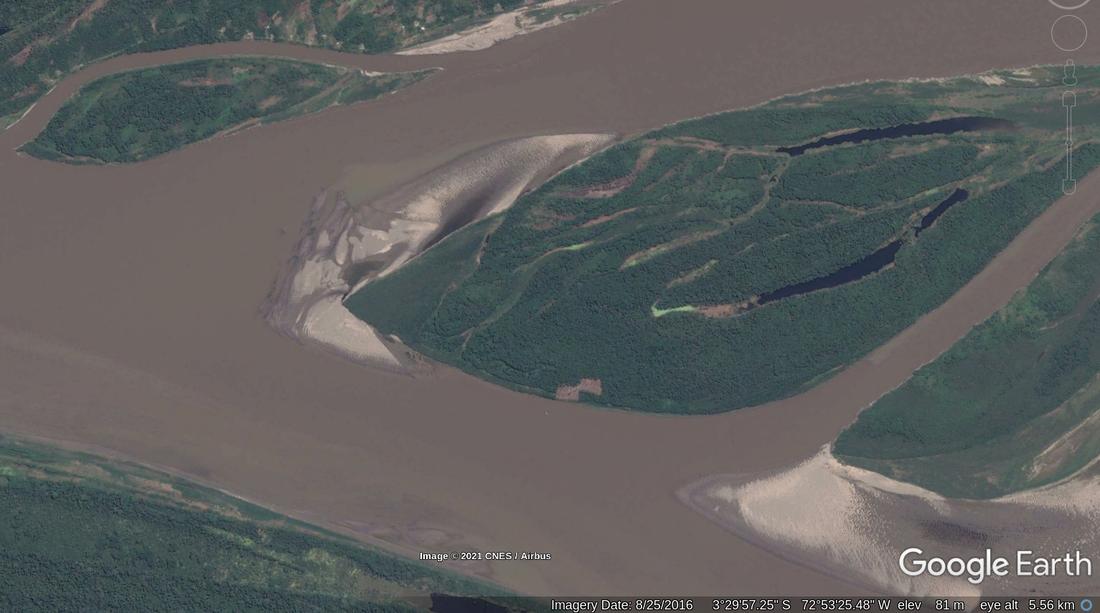
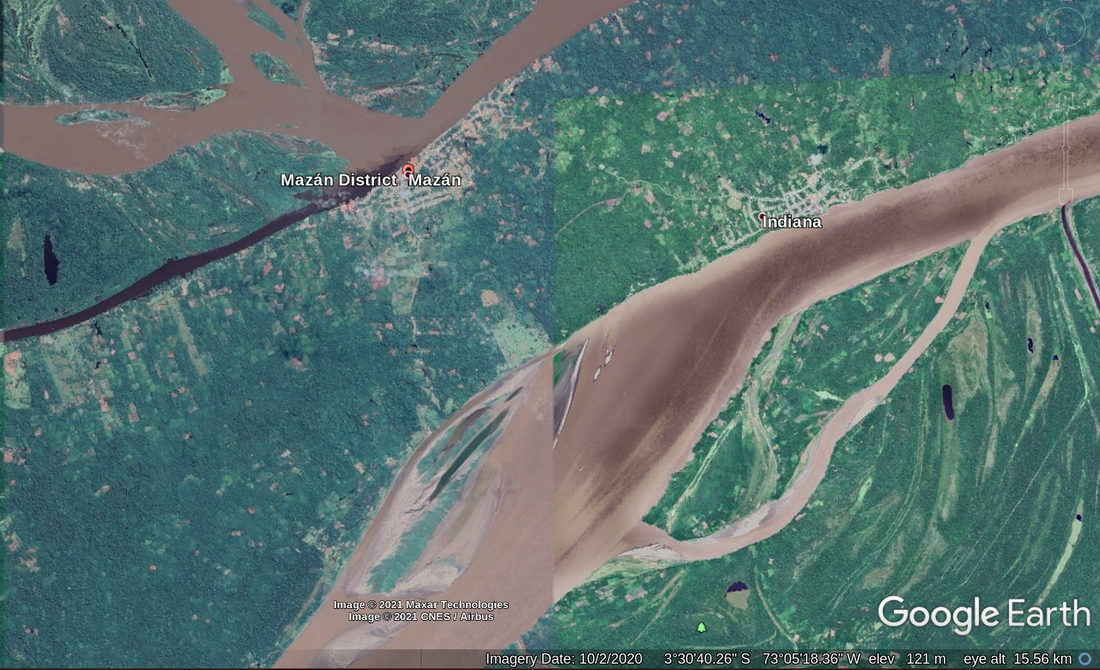
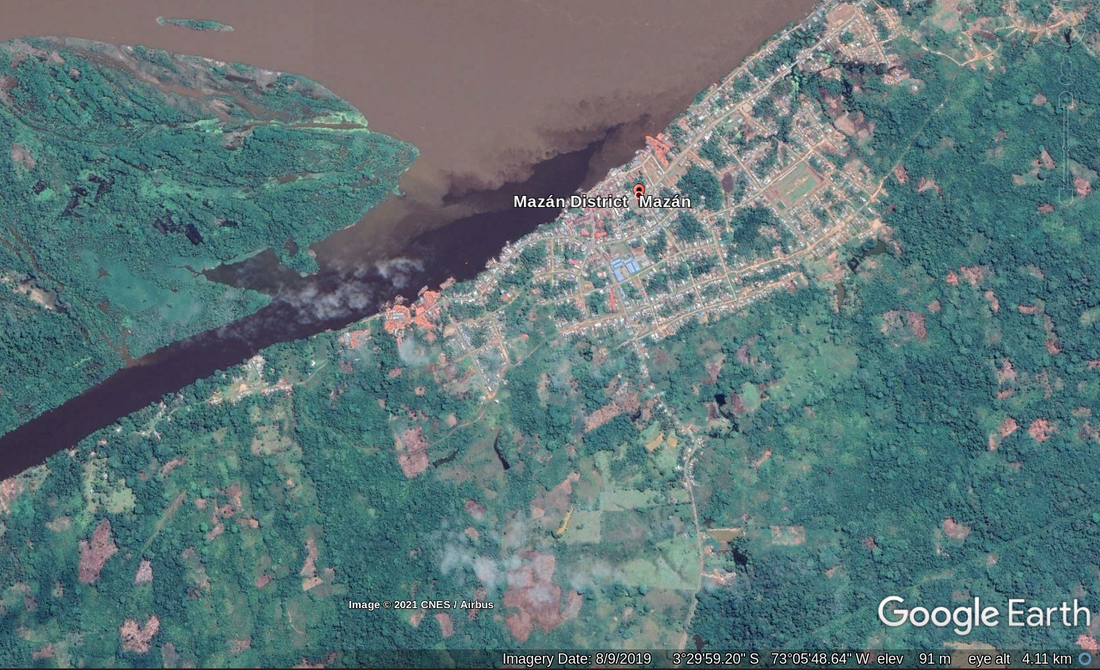
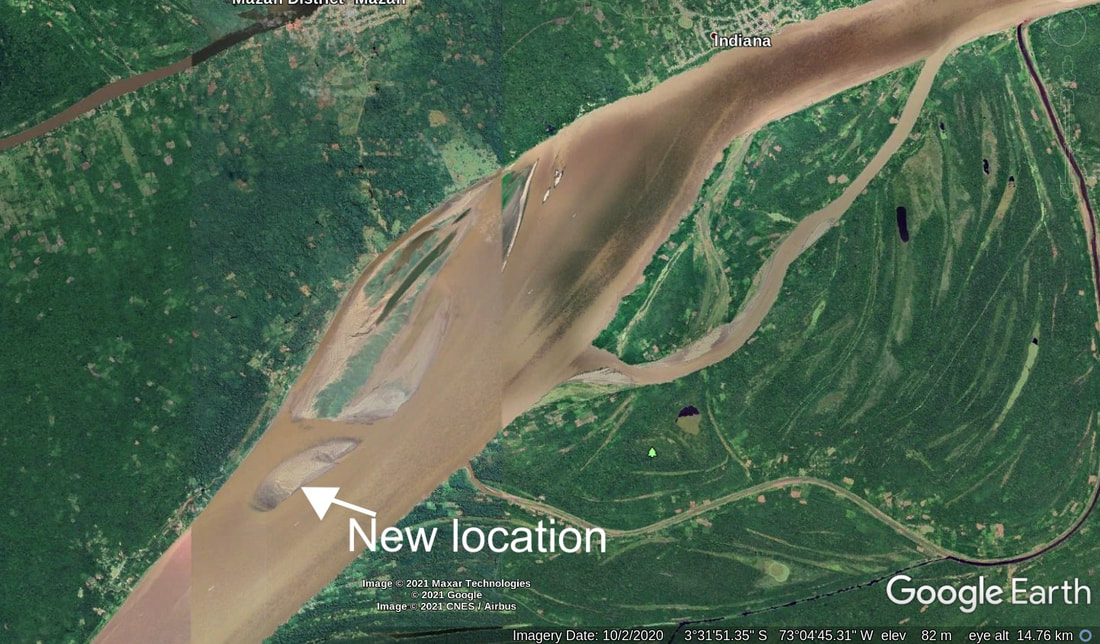
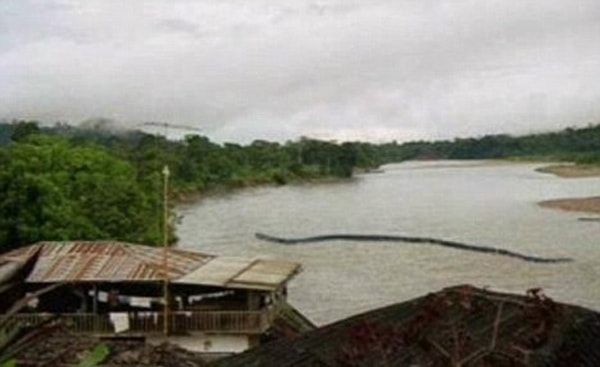
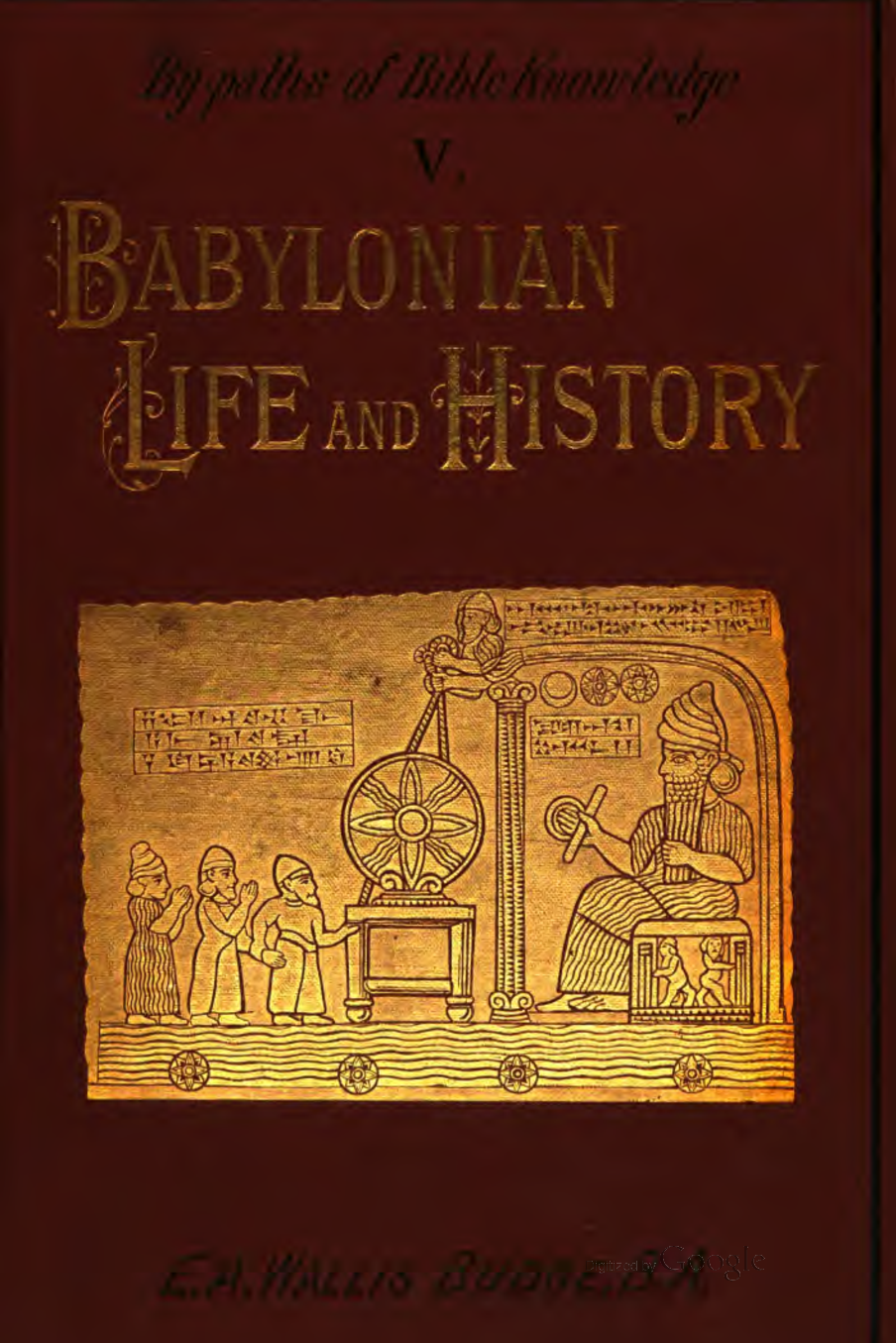
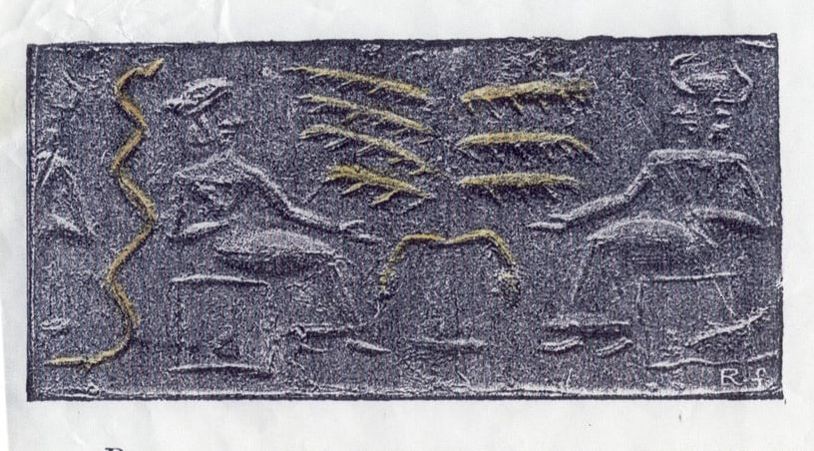
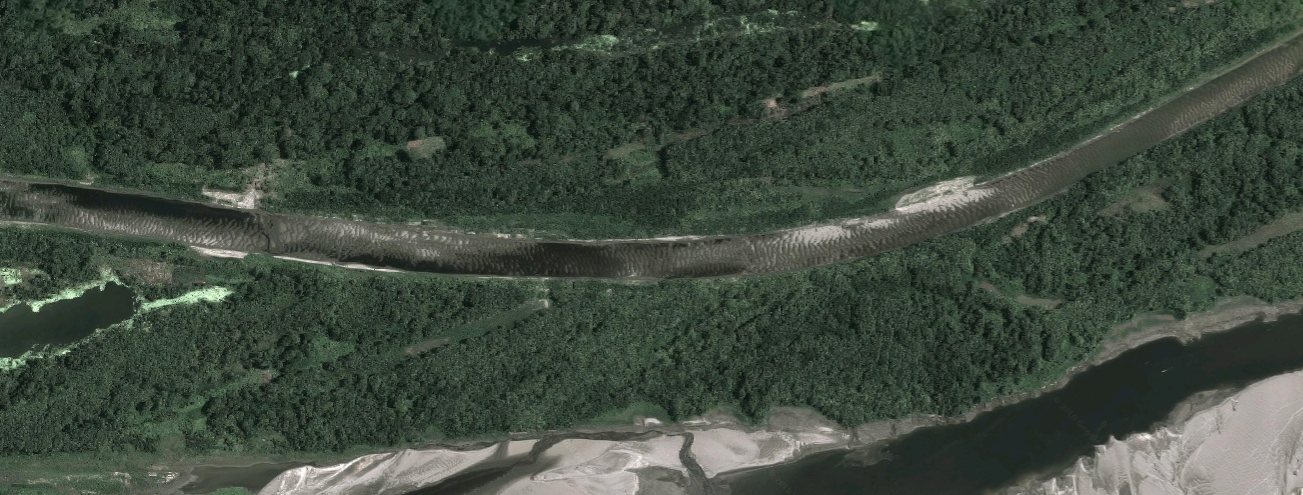
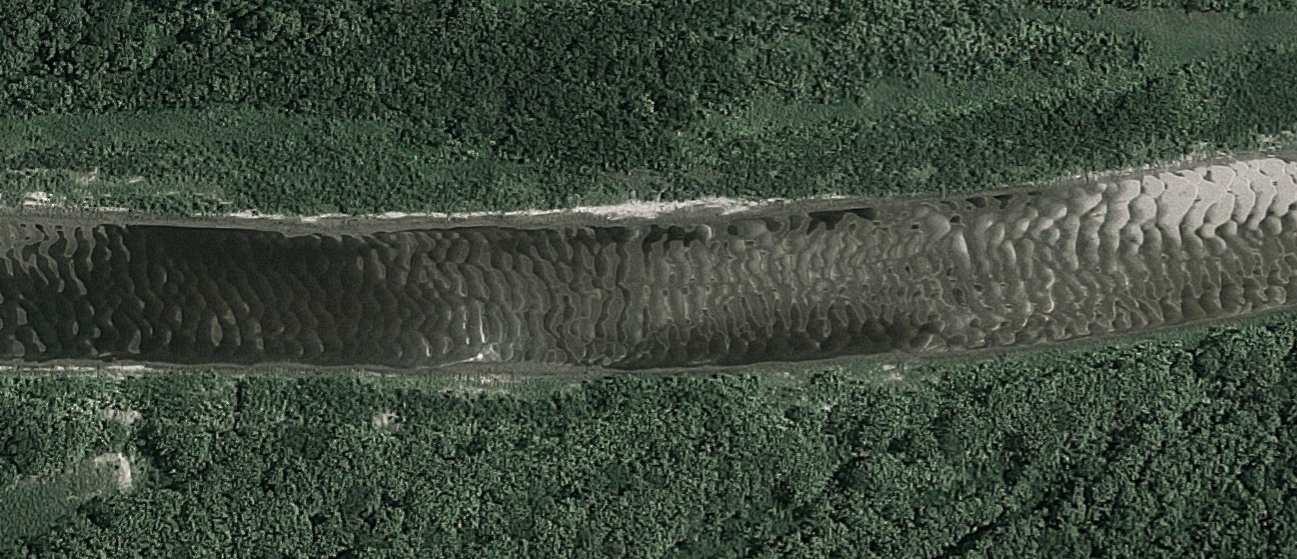
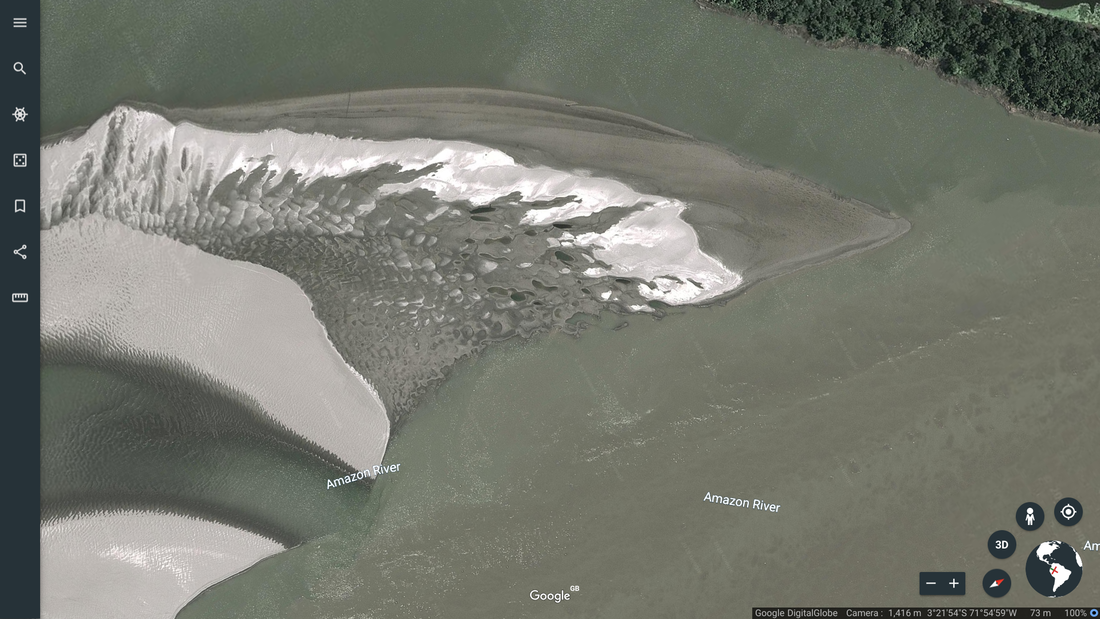
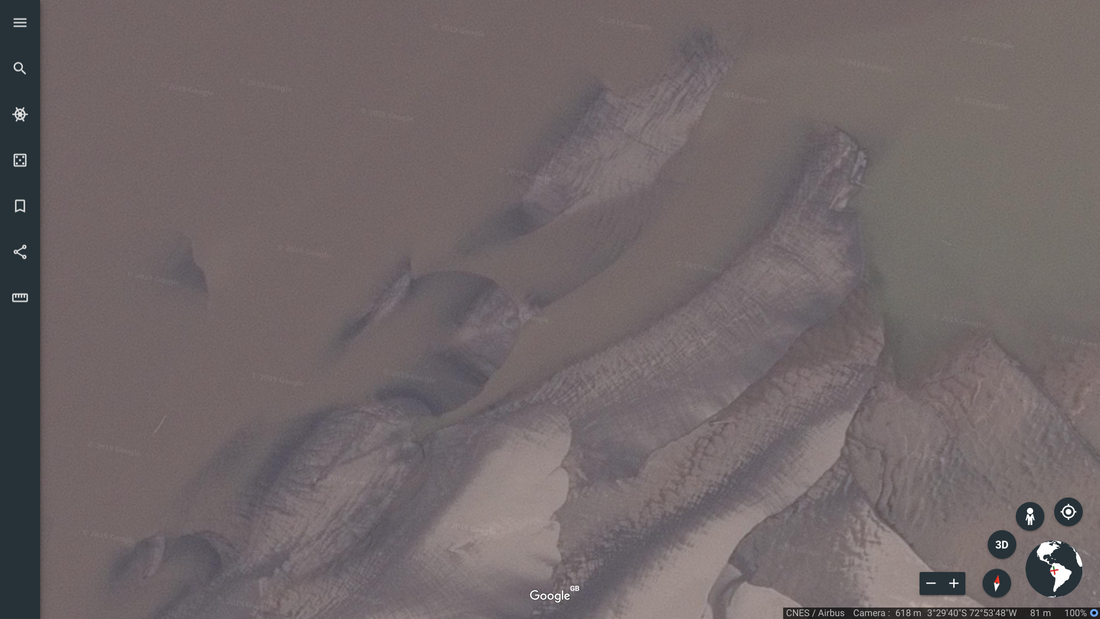
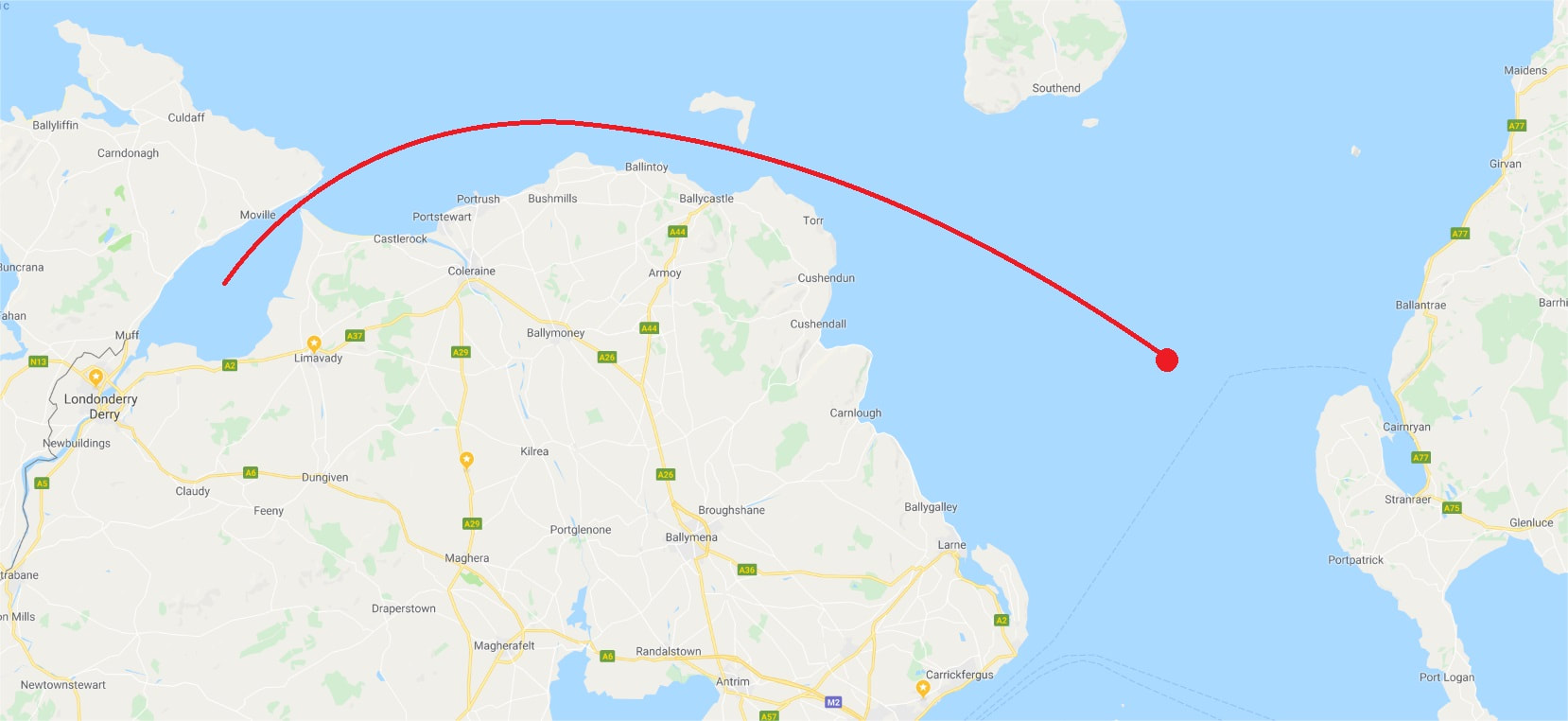
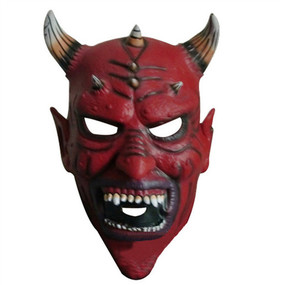
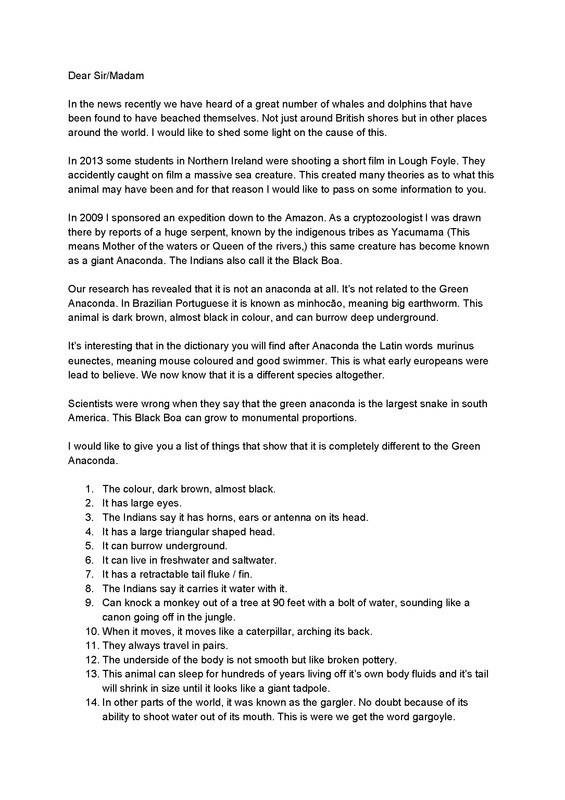
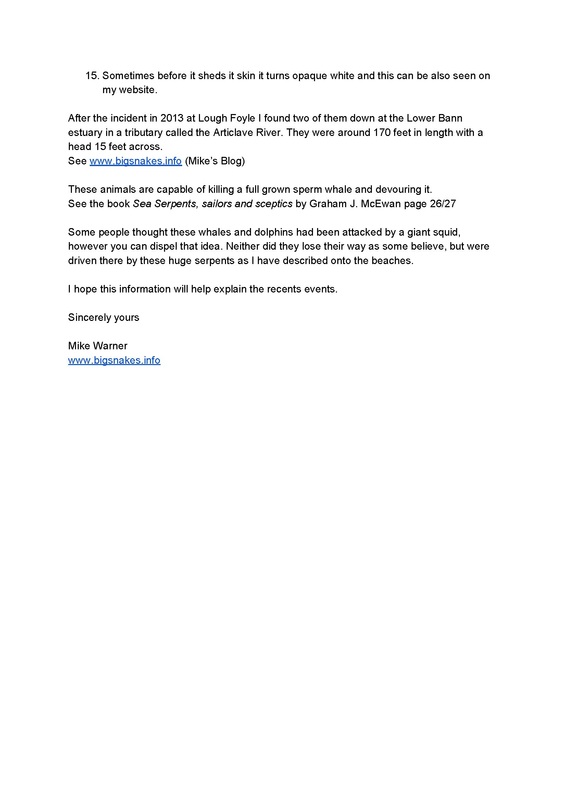
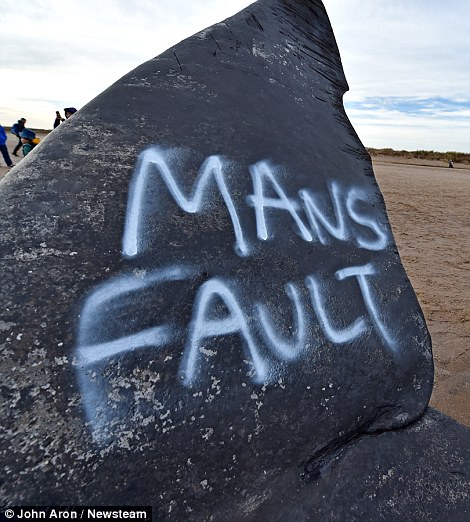
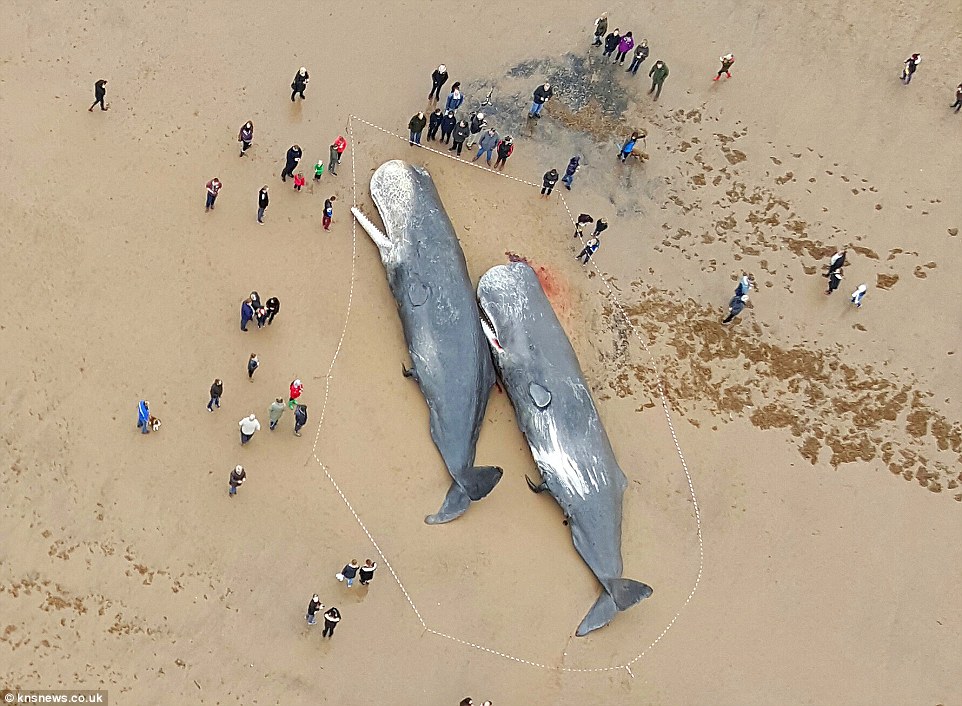
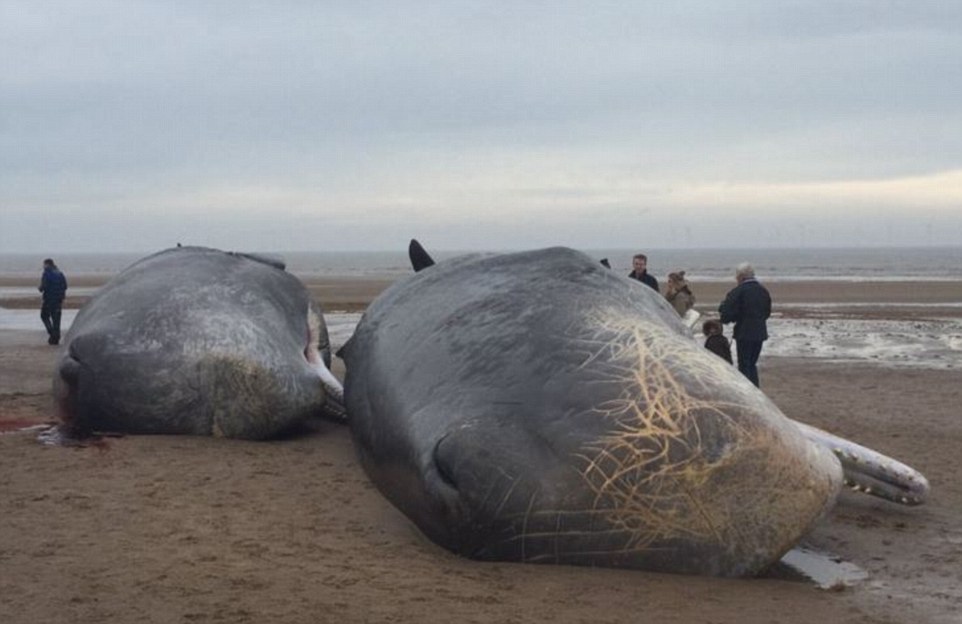
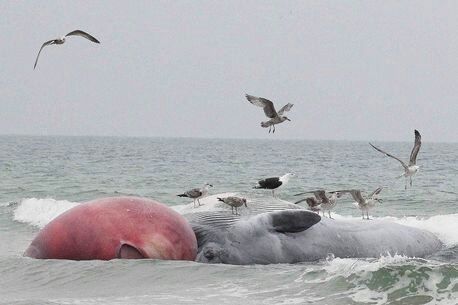
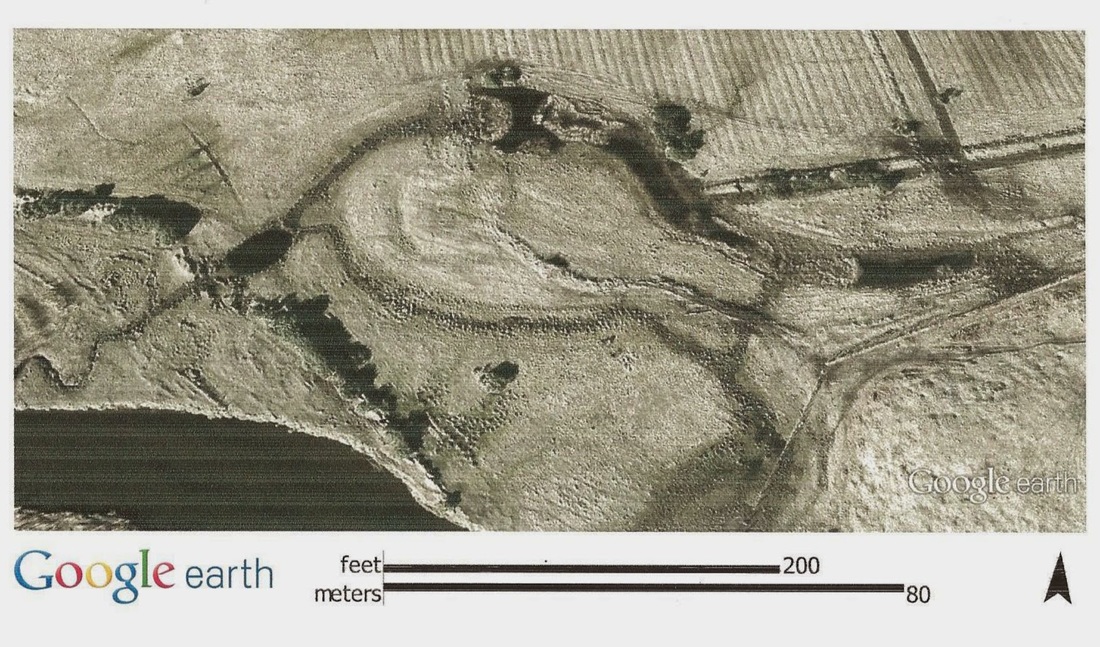
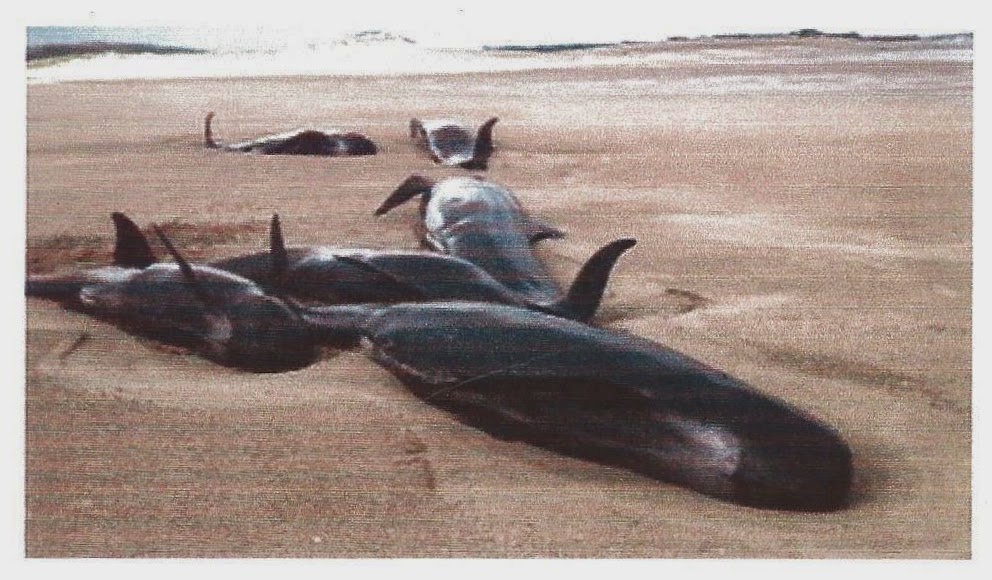
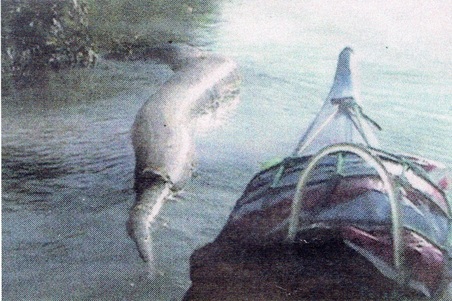
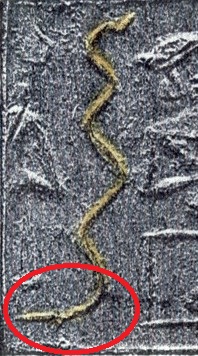
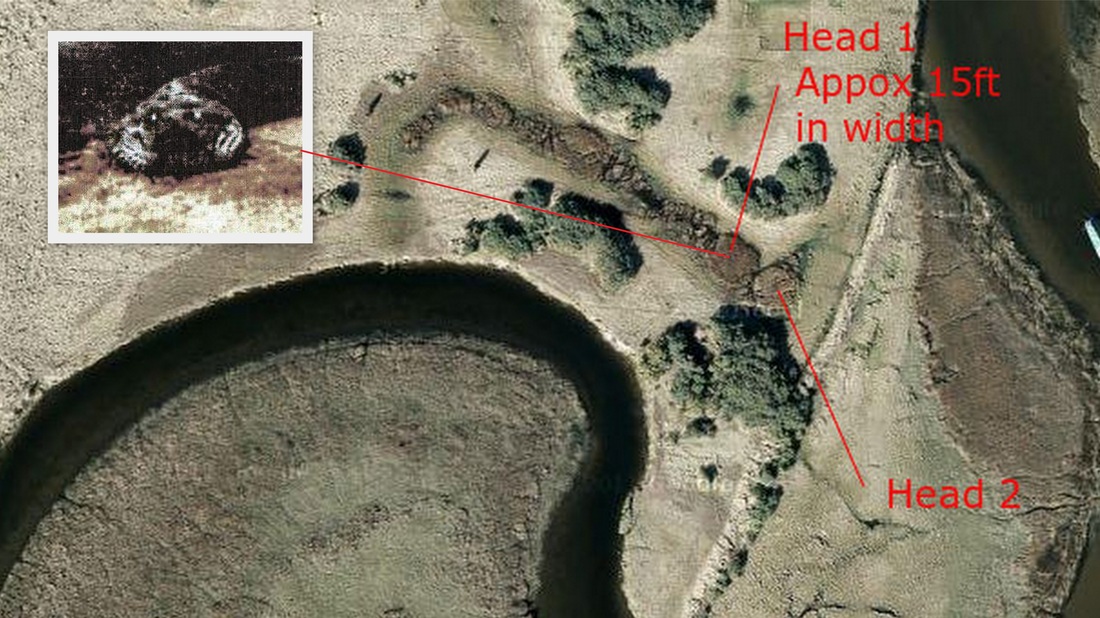
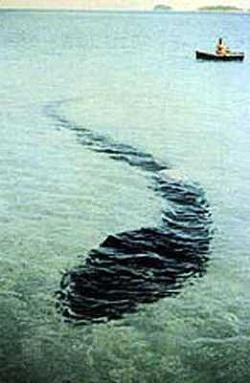
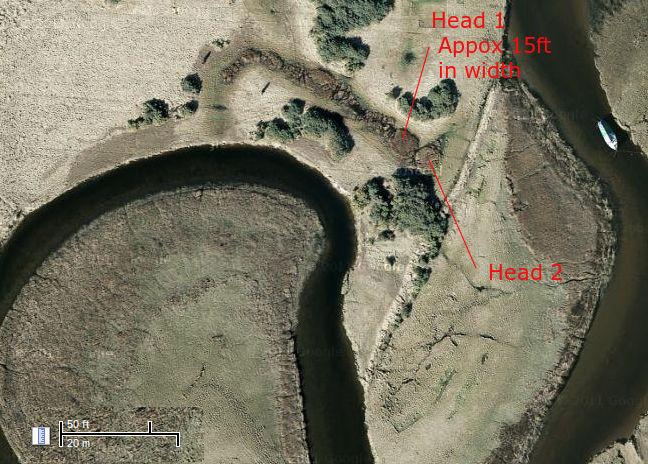
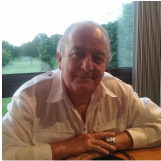
 RSS Feed
RSS Feed
